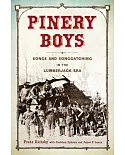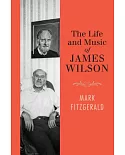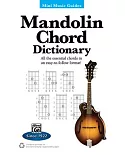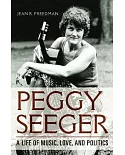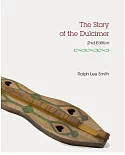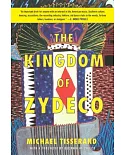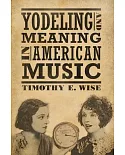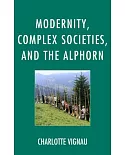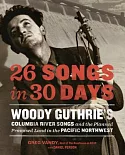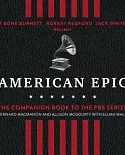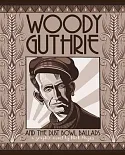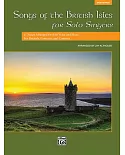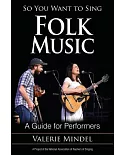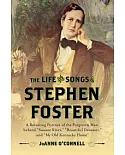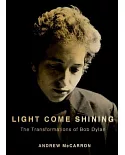Transforming Tradition offers the first serious look at folksong revivals, vibrant meldings of popular and folk culture that captured public awareness in the 1950s and 1960s. Best remembered
for such songs as "Tom Dooley" and for performers like the Kingston Trio and Joan Baez, the revival of that era gave rise to hootenannies, coffeehouses, and blues and bluegrass festivals,
sowing a legacy of popular interest that lives today.
Many of the contributors to this volume were themselves performers in folksong revivals; today they are scholars in folklore, ethnomusicology, and American and Canadian cultural history. As
both insiders and analysts they bring unique perspectives and new insights to the study of revivals.
In his introduction, Neil Rosenberg explores central issues such as the history of folksong revivals, stereotypes of "folksingers," connections between scholarship and popularization, meanings
of the word "revival," questions of authenticity and the invention of culture, and issues surrounding reflexive scholarship.
The individual studies are divided into three sections. The first covers the "Great Boom" revival of the late '50s and early '60s, and the next approaches the revival as a self-contained social
culture with its own "new aesthetic" and in-group values. The last looks at revival activities in systems of musical culture including the blues, old-time fiddling, Northumbrian piping, and
bluegrass, with particular emphasis on perceptions of insider and outsider roles.
The contributors display keen awareness of how their own perceptions have been shaped by their early, more subjective involvement. For example, Archie Green explores his service as faculty guru
to the Campus Folksong Club at the University of Illinois at Urbana-Champaign during the 1960s. Kenneth S. Goldstein considers how intellectual issues of the "great boom" shaped his work for
recording companies. Sheldon Posen uses autobiography as ethnography to explain what happened to him when he moved from revival to academe. And Toru Mitsui explains how and why American country
old-time, and bluegrass music became popular in Japan.


